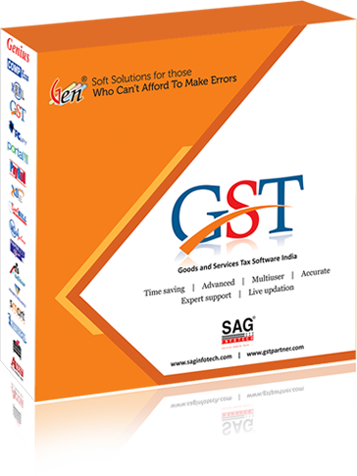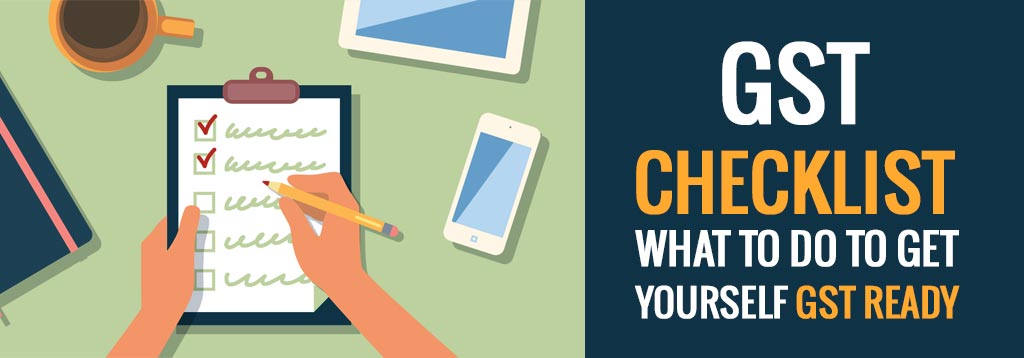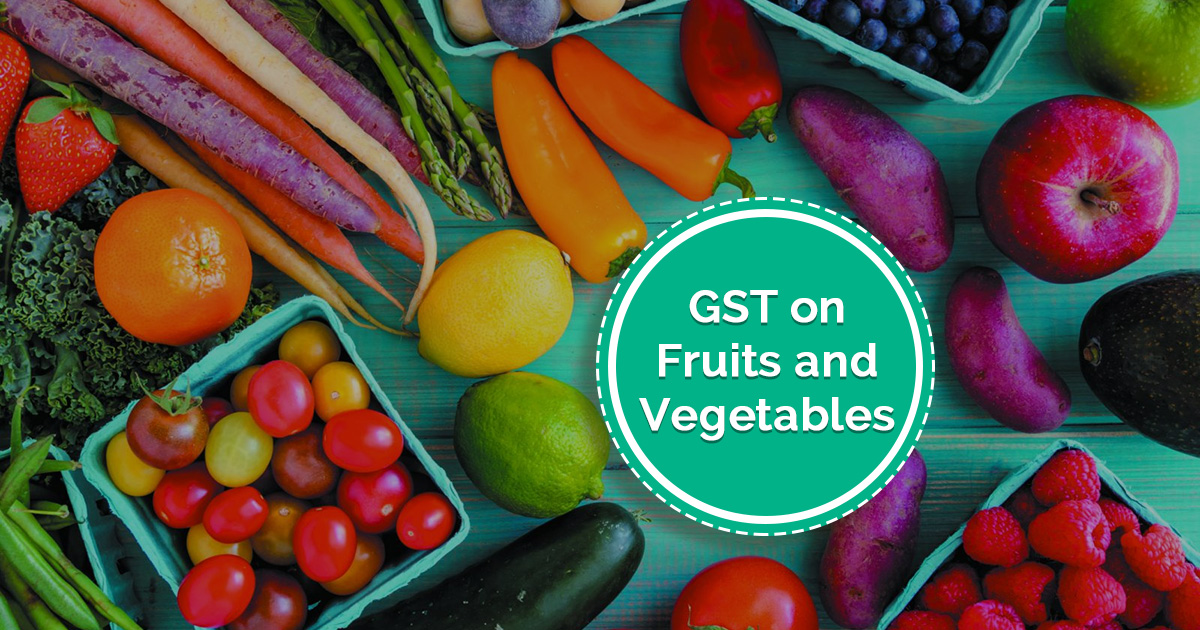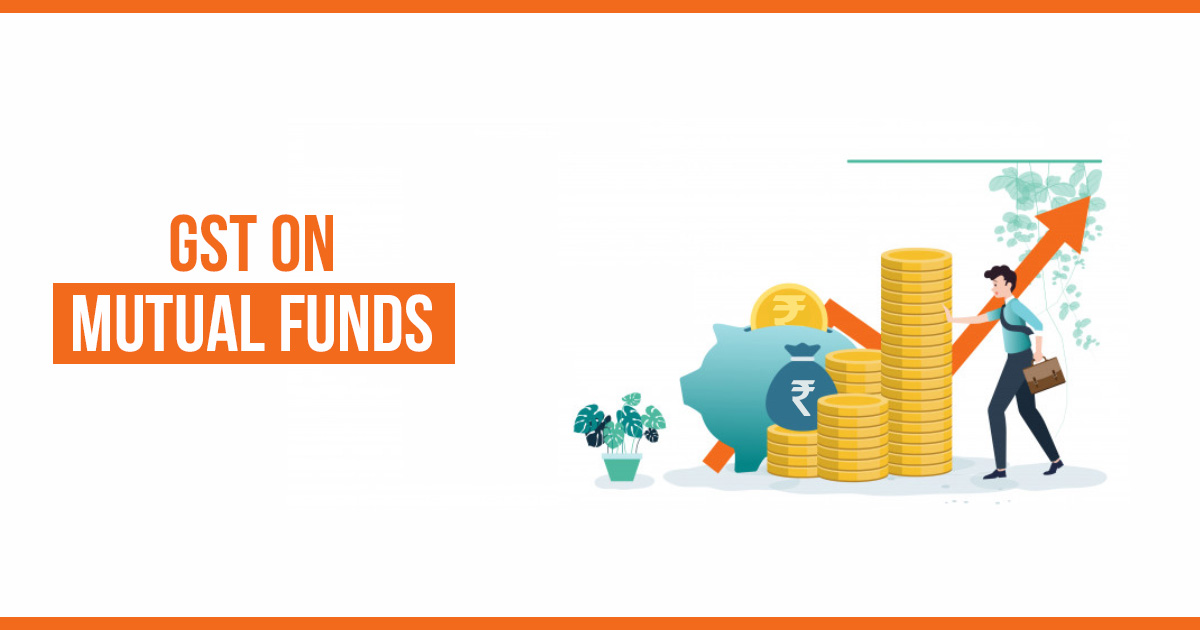The new GST (Goods & Services Tax) system is here. If you haven’t already get yourself acquainted to GST, you should do it now if you want to end up making mistakes when filing tax returns.
Here’s the GST checklist of the things you need to do to get yourself and your business GST-ready.
- Make sure to file your income tax return for the financial period ending on 30th June, if you haven’t already.
- Make a list of your old stock into the quantity of items and rate per quantity.
- To calculate the GST rate for your products, classify your stock according to price, purchase type (interstate/intrastate), tax paid, credit, etc.
- Compare your accounts with credit/debit values shown in your tax record as on 20th June 2017.
- To claim ITC (Input Tax Credits) on your old stock, file the TRAN-1 form latest by 28th September, and TRAN-2 form every month until December.
Collect tax Form-C, Form-H, and Form-I for the old stock for which you want to claim the tax credit. - Make sure to provide your GSTIN to each of your suppliers and collect GSTIN from your dealers and customers.
- Include your stock details in your Books of Accounts.
- If you are registered as a centralized service business, then you need to apply for migration for those states where your business is operable.
- Search the internet and make a list of applicable GST rates for all your goods and services.
- Make a list of your goods on which reverse charge may apply.
- Enlist all your debit/ credit notes in serial numbers.
- Integrate your current accounting software with the new GST taxation software for SMEs.
- Make sure that your invoice bill is according to the invoicing formats and rules mentioned under GST. The bill must contain the proper invoicing series for particular products.
- Make sure to send a tax invoice for all your GST taxable supplies of goods & services, and a supply bill for non-GST products and services.
- Have a ‘Place of Supply’ list ready for your business activities.
This checklist is for small businesses and individuals looking to get settled into the new tax regime. If you are a Chartered Accountant (CA) working on behalf of a taxpayer, you can read GST checklist to get yourself GST ready.
The demand for qualified Chartered Accountants (CAs) is increasing exponentially with the launch of GST in the country. Businesses and individuals are hiring CAs to help them register their businesses under GST, file returns, create invoices, claim ITC and understand other complexities of the new tax system. A Chartered Accountant, however, needs to prepare himself to be able to do all these things and some more. After the implementation of GST in India, the main responsibilities of a CA will include the following.
- GST Registration for clients
- GST return filing and reconciliation
- Creating and managing Electronic ledgers for clients
- Proper compliance and documentation of tax records, invoices, etc.
In order for a CA to be considered GST-ready, he/she should fulfill the requirements of the following checklist.
- Every registered Chartered Accountant must get their own GSTIN before they can start working for their clients. They will need GSTIN to be able to charge a tax on their accounting services and also to convince the clients of their legitimacy.
- Learn everything about GST to be able to properly help your clients and answer all their GST related questions.
- Get and use the latest GST software to automate the process of filing returns and uploading invoices.
- Prepare and use only GST-compliant invoices to charge your clients for the services you provide.
Accountants and businesses have two months of time to learn and get acquainted with the GST tax rules since the government has relaxed GST rules for the first two months.






